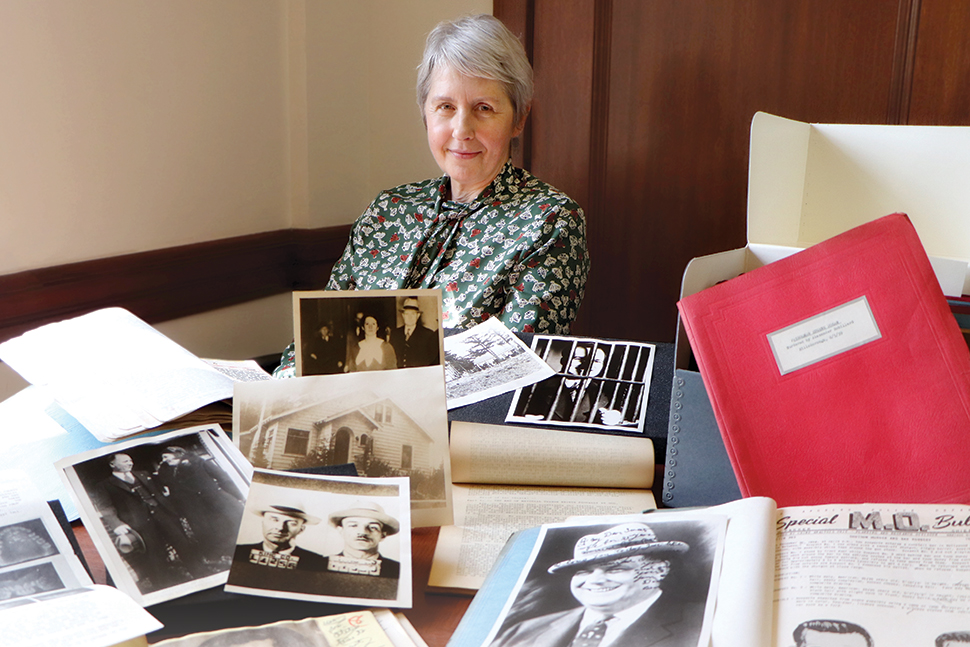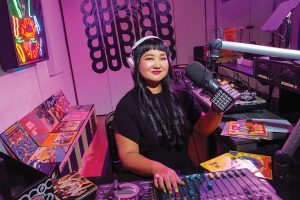
Long before the popularity of true-crime podcasts, there was True Detective, a pulp magazine published from 1924 to 1995 that, at its peak, chronicled real-life crimes for millions of readers. Edward S. Sullivan, an editor for The Los Angeles Examiner and a True Detective correspondent, would arrive at a crime scene with his notebook and camera, find out what he could from law enforcement, and begin his own investigation into what really happened.
In early 2020, University of Southern California (USC) Libraries acquired Sullivan’s personal archive of 1,200 photographs and 50 meticulously annotated case files: murders, assaults, stick-ups, forgeries, grifts, kidnappings, and other criminal acts spanning from the 1930s through the 1960s.
“Given the rest of our holdings—which focus on the social and cultural history of Los Angeles and collections on things like policing, crime, some noir fiction—this archive seemed to fit with the scope of what we call our regional history collection,” says Suzanne Noruschat, Southern California studies specialist for USC Libraries Special Collections.
Storytellers have long been fascinated with this city of contrasts: Hollywood glamour and a sunny, carefree image belied by a dark underbelly of violence, corruption, and civil unrest. Noruschat urges researchers to bear that context in mind as they explore materials that might be disturbing.
“These are collections that, yes they’re about crime and punishment in Los Angeles—but they’re also about race, they’re about inequalities in the city,” she says. “These kinds of collections provide a great insight into the nature of our community.”


